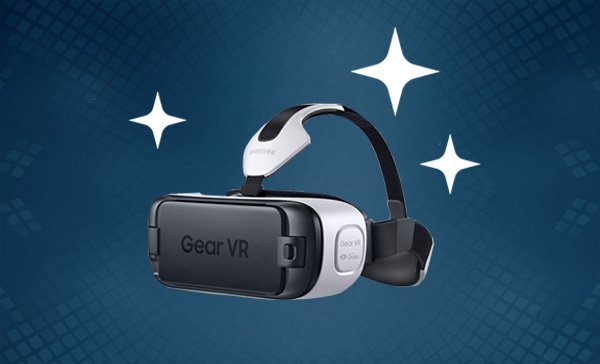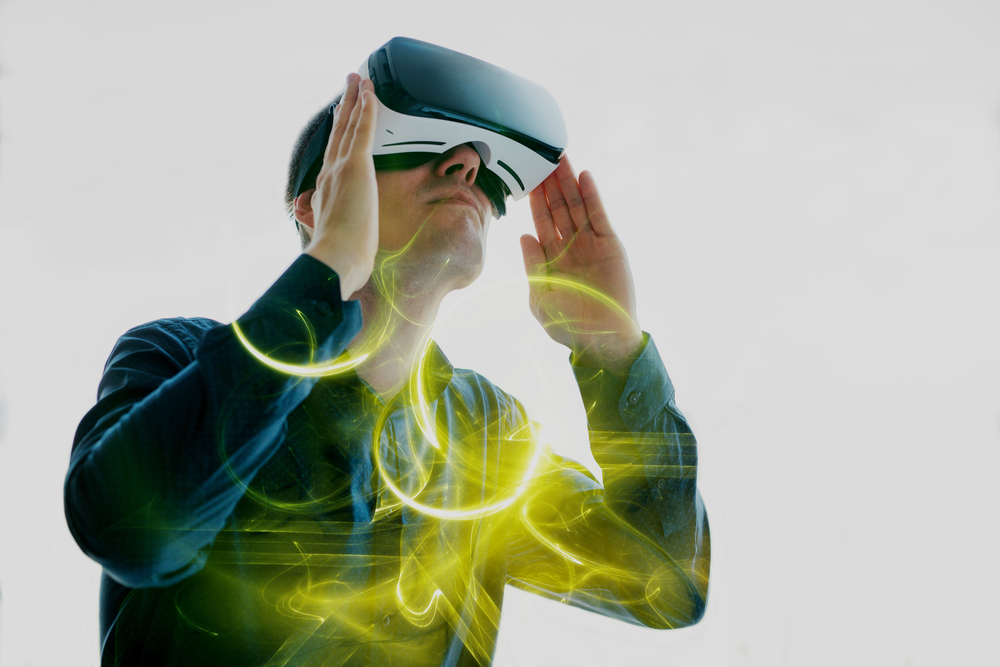Virtual reality, a concept going back as early as the 1800s, has indeed come a long way from scintillating science fiction to straight to your shopping cart. Unlike previous attempts in the past, it appears that VR is finally going to stick around, but it still has plenty of evolution potential. Unfortunately there’s no crystal ball for tech advancements, and we’re still waiting for our flying cars. To get an idea of what the future holds for VR, we turned to the analysts instead.
Onward (Slowly) Into The Future
“There is no doubt [VR] will grow among consumers—whether that’s two years, or 10 years,” Stephanie Llamas, vice president of SuperData Research told AListDaily. “Samsung shipped almost five million devices last year, many of which were given away with preorders for the [Galaxy] S7, and they will be doing that again with their newest model and the S8. It clearly worked in terms of getting devices in the hands of consumers, and the biggest challenge for consumer adoption is actually trying the devices out. Also, as more robust content gets added there will be a larger catalogue of experiences to keep consumers coming back.”
While VR may be more commonly associated with video games on consoles and PC, mobile VR may follow in the footsteps of mobile gaming to capture the largest audience—and the most revenue.
“There are several factors that will contribute to the mass adoption of mobile VR, including improvement in the quality of the VR experience offered by relatively affordable mobile VR devices such as Google Cardboard, overcoming compatibility issues and a boost in content that caters to people’s great variety of interests,” Newzoo said in its latest report. “Additionally, the business model needs to be a good match.”
Currently, Android manufacturers like Samsung and Google have cornered the mobile VR market. “If Apple were to launch a high-end VR device,” said Newzoo, “compatibility with the iPhone 6S and 7 series would be enough to have a significantly bigger addressable market for mobile VR than Samsung—9.4 percent (Apple) versus 6.6 percent (Samsung).”
“I am confident Apple will release a VR headset in future,” Peter Warman, CEO of Newzoo told AListDaily. “There is an array of cheap VR headsets out there that work with an iPhone of which the VR experience is extremely disappointing. Indirectly, this reflects badly on the Apple brand and hurts the image and limits the uptake of VR. It also proves that hardware, software and peripheral hardware should be perfectly tuned to offer an experience that will truly blow people away and get them to buy one for themselves. Most people first experience VR through the device of a friend or at one of the VR experience centers.

Trying Is Believing
“Another factor at play,” Newzoo continued in its report, “is the fact that many people have their first VR experience with someone else’s device. The need to own a personal headset is not yet big enough to justify the purchase.”
Since VR headsets can be rather pricey and the technology is still new, getting consumers to even try them is a challenge, Llamas noted, much less to keep them in the headsets.
“In our studies, we have seen all demographics represented at varying levels,” Llamas said. “Millennials make up 63 percent of the audience, which means older audiences still represent a significant piece of the pie, but generalized high quality content isn’t enough—it needs to be uniquely tailored to the different audiences. For instance, males 35-and-over and female millennials are the most inclined to use mobile devices, and both happen to over-index when it comes to their interest in content that features landmarks and destinations. Meanwhile, more females over the age of 35 use console devices than any other other demographic except male millennials. There are a lot of surprising things here and content makers really need to find these unique ways to capture different audiences so interest goes beyond just trying it out.”
Big Wins At The Arcade
Popular in Asia, VR Arcades offer an alternative revenue source for hardware manufacturers, developers and of course, brands.
Analysts expect the VR market in China will grow to $8.5 billion by 2020. While Asian consumers are taking advantage of trying without buying, from amusement parks to arcades, the movement is starting catch on in the western world as well.
“Location-based attractions such as The Void and Asia VR cafes made up 33 percent of last year’s consumer software revenue ($109 million) and are slated to $234 million this year, 18 percent of the consumer total,” said Llamas. “The only other segment that surpasses it is games. So we are already seeing traction, and growing opportunities in the year to come. The influence brands like IMAX and Six Flags bring to the space is big—it shows that companies with successful attractions see the potential in this.
“And it’s not just about Asia anymore. There’s been a lot of buzz around China and their VRcades, but in the last few months in New York City alone, there are a number of location-based VR experiences that have cropped up. It’s going to be great for adoption because it gives people the opportunity to try VR for a small investment and no commitment.”

